
I remember attending a sociology class that focused on classical theorization (not my cup of tea). Because I wasn’t interested in 1960’s theory, it was challenging to motivate myself to complete readings, study and even go to class. However, I quickly realized that I would have to do something to change my sour attitude towards the class.
The strategies I used:
- Made a schedule and wrote down tasks I would complete each day whether it was completing a section of a reading or assignment.
- According to Seifert & Sutton (2018), goal setting is important in academic achievement. Therefore, I made it my goal to not only attend each class, but try and take something away from each class. If I found something in the content that I was interested in, I would be more motivated to complete each daily task.
- Another strong instructional strategy is to know your target learners (Seifert & Sutton, 2018). Since I know my academic self quite well, I made sure to balance my schedule and not to make my daily tasks too heavy and overwhelming. In my brain, it is better to complete little tasks each day then nothing for a week and then trying to finish it all in one day. By catering to my own study habits, I increased my motivation and made myself feel more engaged with manageable goals and a perceived sense of competence.
2. I rewarded myself whenever I completed my daily tasks by watching a movie, taking myself out for ice cream, or whatever I felt like doing.
- At the end of the day, Learning is hard! It takes focused work and effort. When you are learning, you are challenging and opening up your mind to something new. This is why rewards work so well for me because when I feel drained from completing a task, I keep myself engaged and feeling accomplished by doing something that I like.
- Additionally, learning is hard because fear leads to procrastination. The unknown makes you not want to start a scary new task and it turns into stalling. Spreading my tasks out into small chunks and telling myself that the reward is worth it helps with this phenomenon.
Ultimately, the payoff is truly worth the headaches and hard work because not only did I receive a good grade, I learned so much and have a good understanding of the content of which I still use in my current sociology classes.
References
Seifert, K. & Sutton, R. (2018). Motivation Theories on Learning. In R. E. West, Foundations of Learning and Instructional Design Technology: The Past, Present, and Future of Learning and Instructional Design Technology. EdTech Books. Retrieved from https://edtechbooks.org/lidtfoundations/motivation_theories_on_learning.
![PDF] FROM PERSONAL LEARNING ENVIRONMENT BUILDING TO PROFESSIONAL LEARNING NETWORK FORMING | Semantic Scholar](https://d3i71xaburhd42.cloudfront.net/6e87b36070080823754d4c7d5df20c7c2902542f/5-Figure3-1.png)
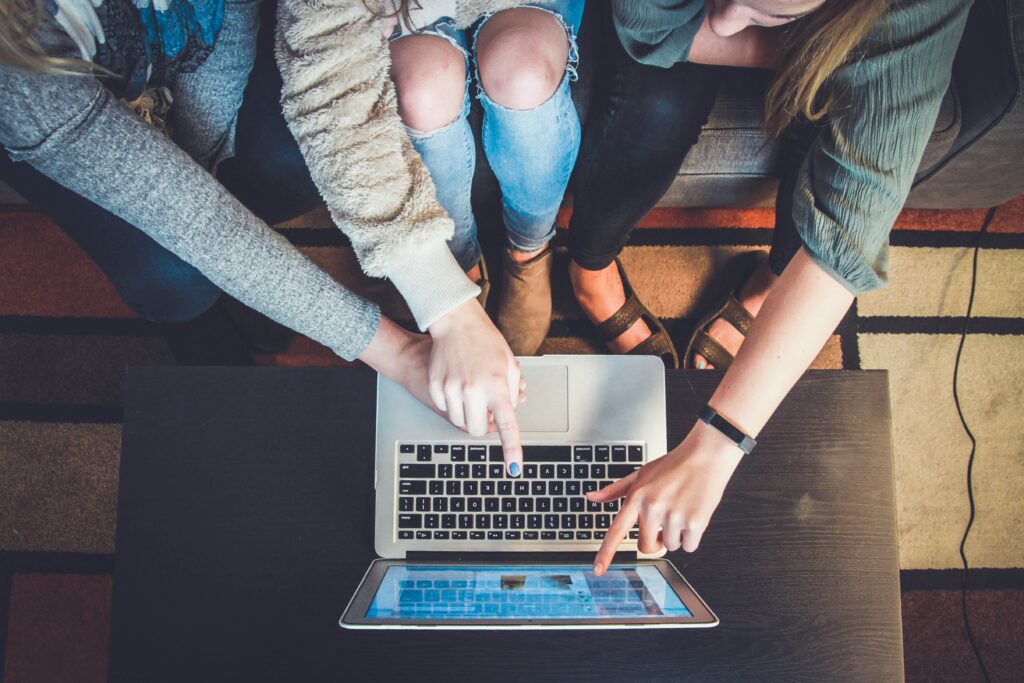


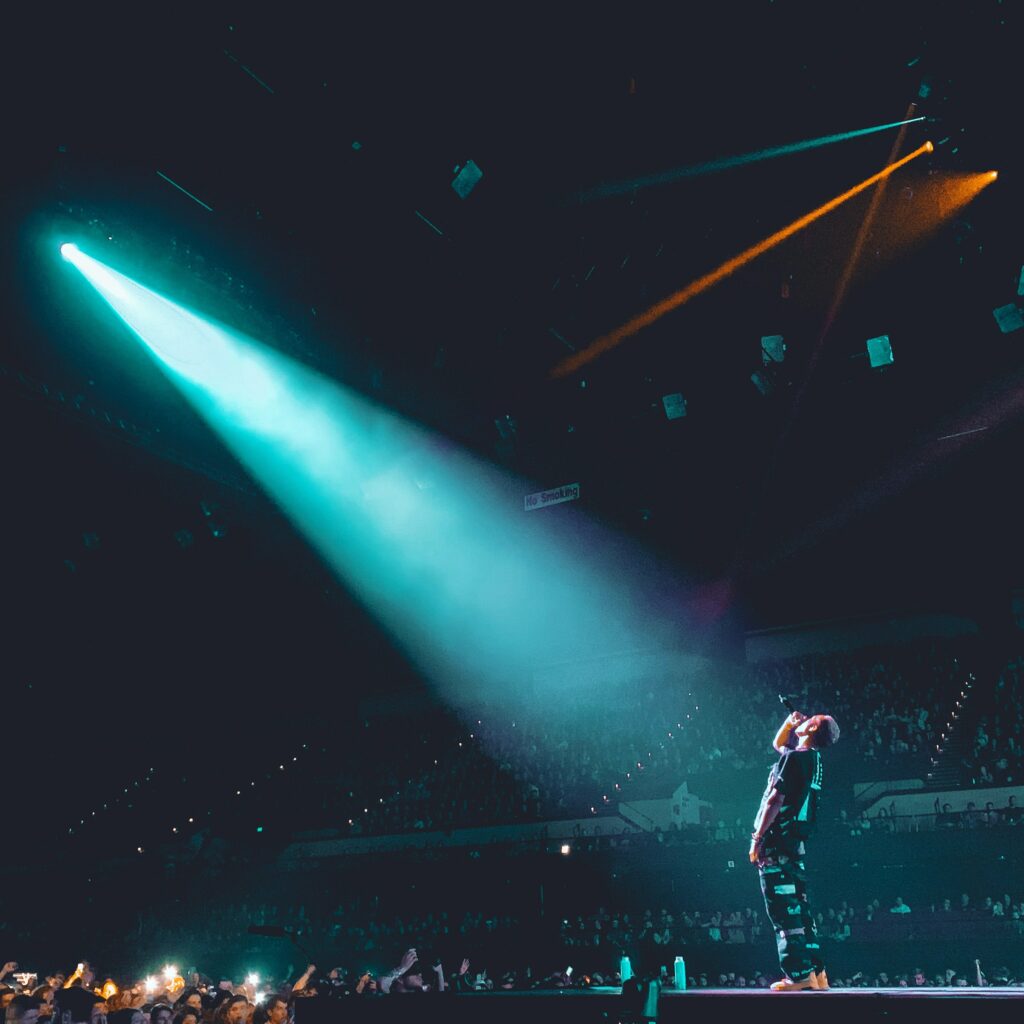

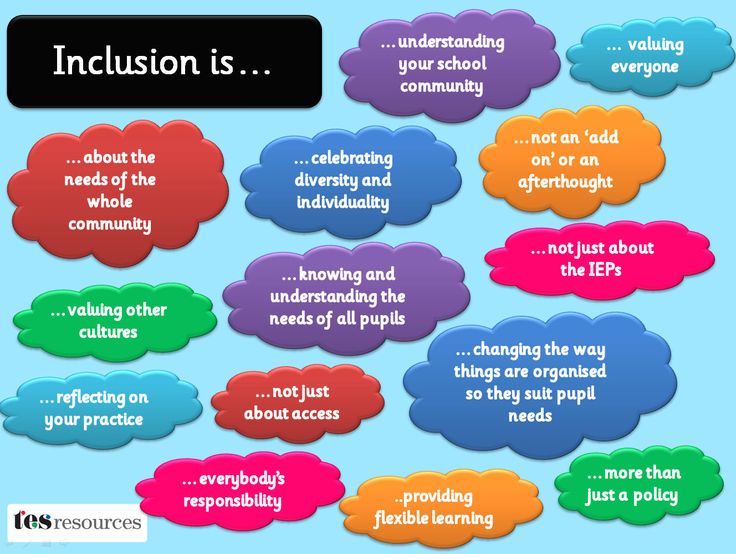

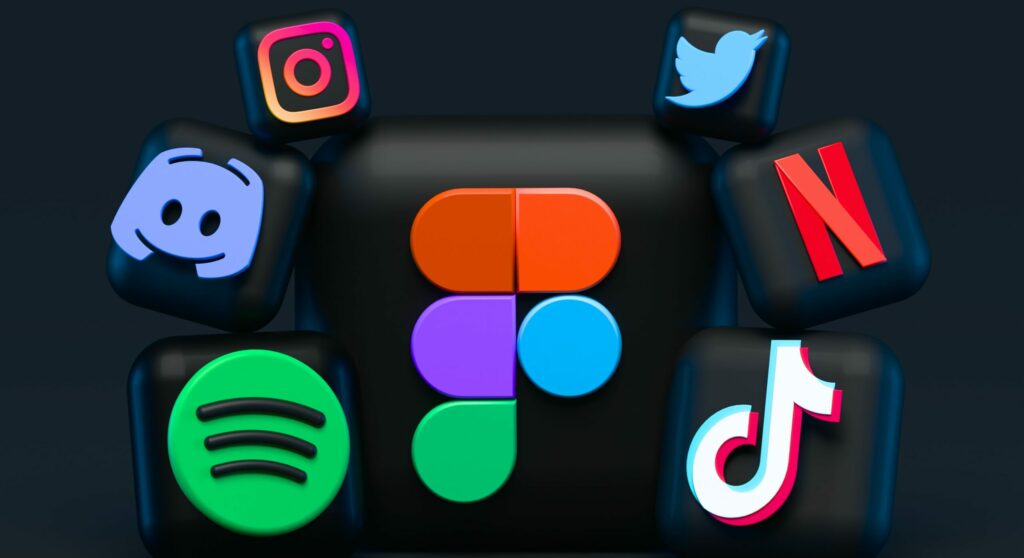



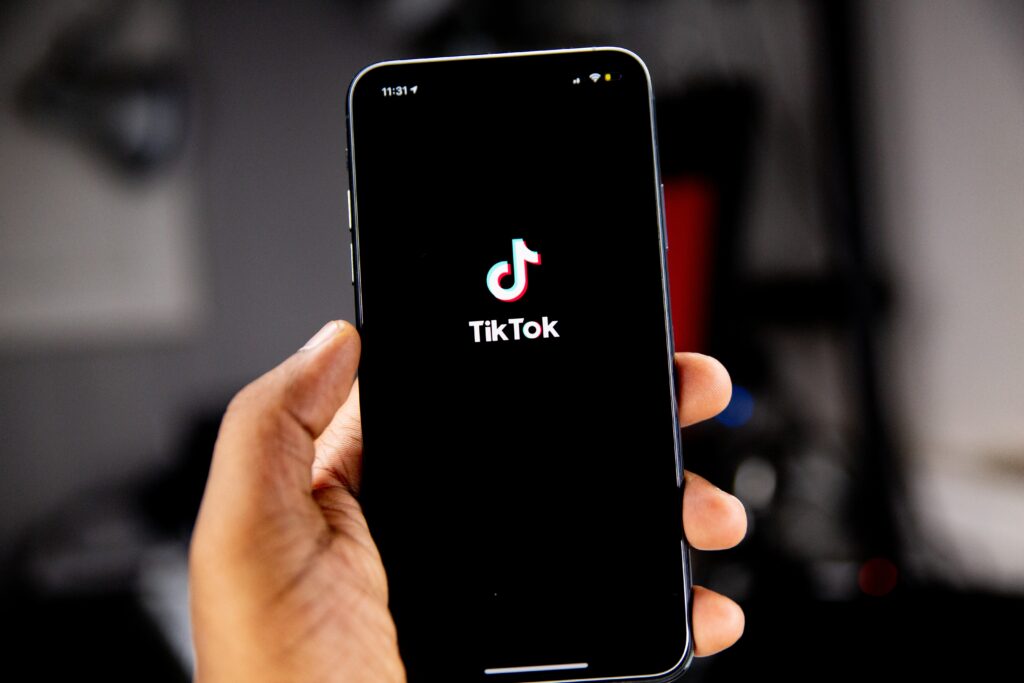
Recent Comments